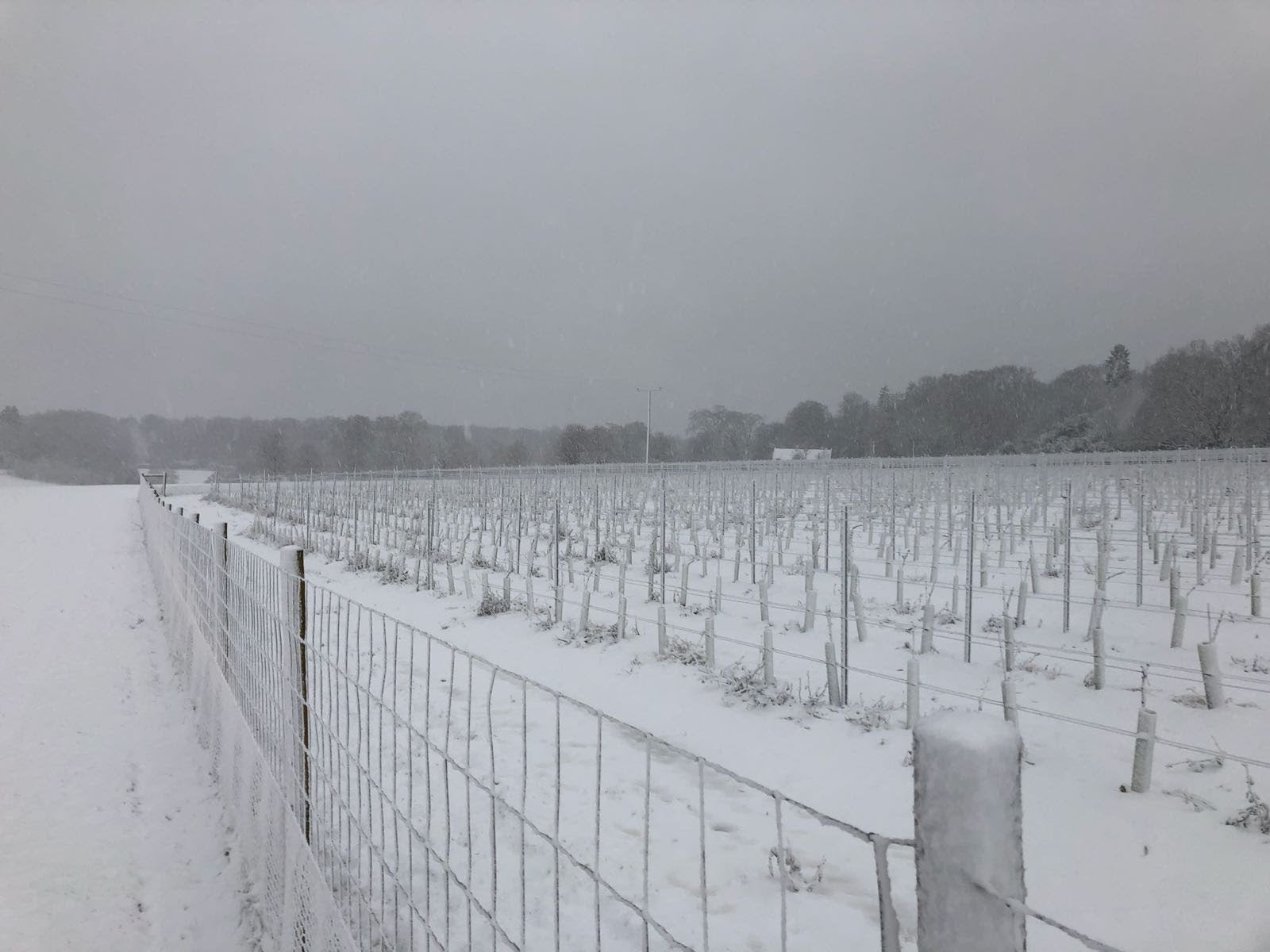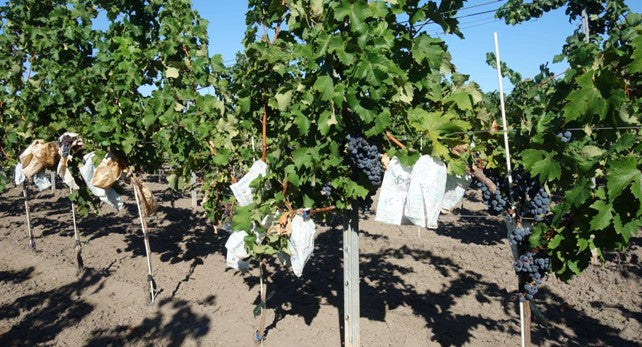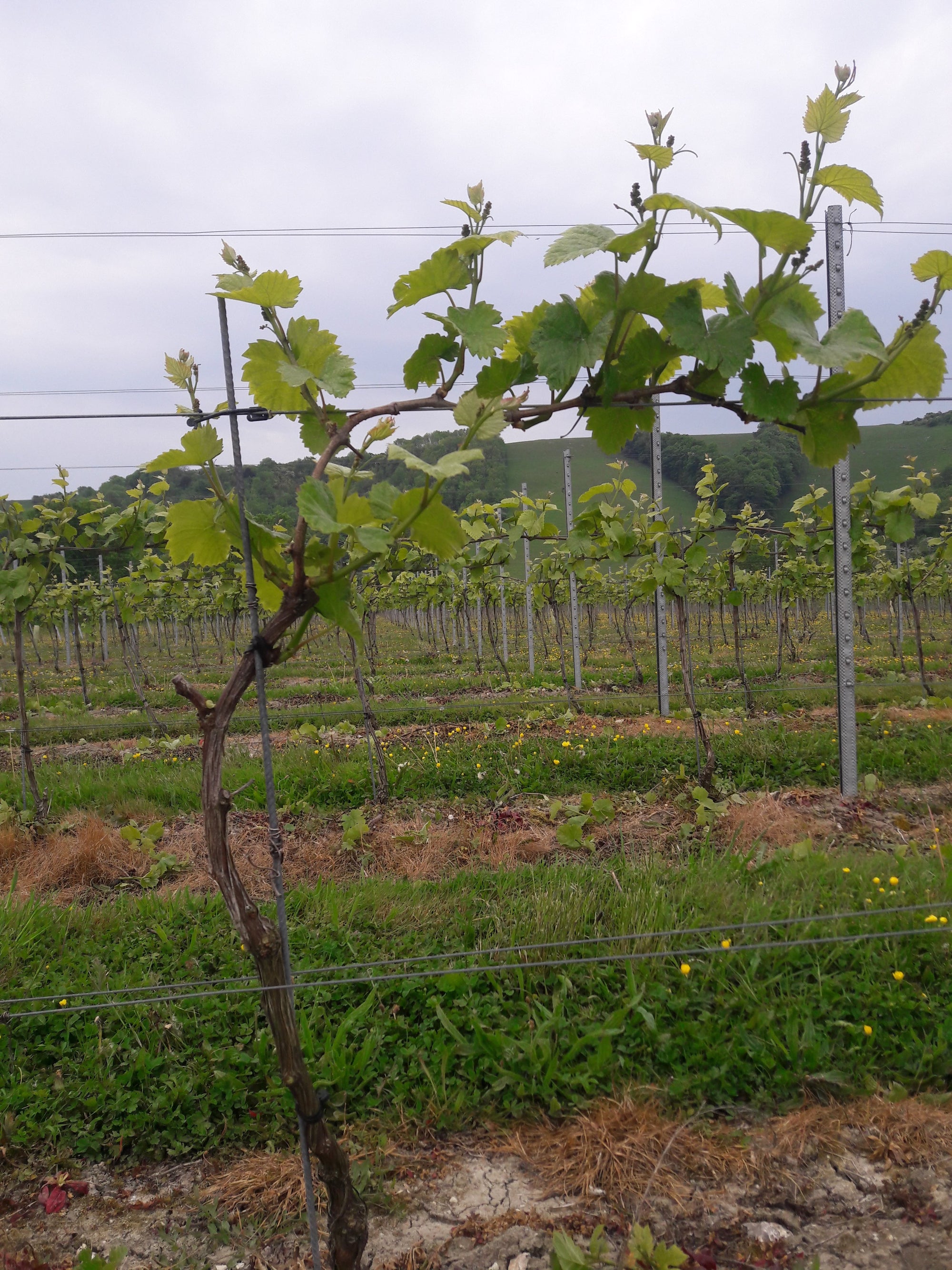

A YEAR UNLIKE ANY OTHER
This season had its own unique set of characteristics, here are some reflections on what has defined the year.
Frost
Unfortunately, 2020 was marked with widespread frost damage. The conditions were similar to what was seen in 2017 in the sense that it lasted for several nights and in some places, it was the dreaded advection (air) frost rather than the more commonly seen radiation (ground) frosts. Many forms of frost protection are only effective against ground frosts which may have been a sour point for some growers.
What made the 2020 frosts particularly painful was the timing: the most severe frost events came in the middle of May, several weeks later than what occurred in 2017, and to add insult to injury, some growers had also been caught by radiation frosts in mid-April. The late timing of these frosts made it very difficult for the vines to recover and produce a secondary crop.
In 2017 the shoots were still relatively small and most were completely destroyed by the frost this meant the secondary shoots emerged fairly swiftly and although much of the growth was from the crown, it grew fairly homogeneously.
In 2020, many shoots were so far advanced that much of the lower tissue of the shoot survived with the upper part succumbing to frost. This led to some canopies being tricky to manage, there were secondary shoots, partially damaged shoots and some undamaged primary shoots. In this situation, the canopy was growing at different rates and there was a lot of variation between shoot and fruit development. This meant there was seemingly no optimal height to set foliage wires during the rapid growth stage. Eventually, frost-damaged canopies did fill out and reached some degree of normality, all we could do was nurture the fruit that was there.
Low bunch weights
A common theme that was reported this season was that average bunch weights were low. This would obviously be the case for vineyards damaged by frost, but this was something that seemed to occur across many sites that were not affected by frost. There is no obvious direct cause of this but many vineyards were on the back of a bountiful crop in 2018 and 2019 which may have led to slightly fatigued vines.
Temperatures leading up to flowering in 2019 were unusually low at times. During that period, there were nutrient deficiencies showing on the leaves in some areas, this year's inflorescences would have been initiated around that time so this may have been a factor that led to small bunches this season. Another feature of this season was some extended periods of low rainfall which also could have played a part in the reduced bunch sizes.
Early ripening
It's not all bad news, the lead up to flowering in 2020 was not marred by cooler temperatures, and in fact, flowering went through earlier than usual and more or less without incident.
There were a few drops of rain in places, but nothing torrential. At this point, most were predicting an early harvest, but somewhere along the way faith was lost and many harvest dates were pushed back to the usual time frame.
A couple of hot spells in August and September and hey presto almost everything was ripe, the early flowering coupled with those heatwaves and smaller than usual bunches made for an exceptional harvest in terms of fruit quality. It was a tricky year at times for vinegrowers, but the winemakers were delivered beautifully ripe fruit to work with, surely 2020 will be remembered as a “vintage year”. Contract growers and those selling their fruit on the open market will have met all ripeness targets set by the wineries - a consolation for any reduced yields.
Disease
Another positive note from this season was the lack of disease, the relatively dry conditions meant that as long as reasonably robust spray cover was maintained through the growing season, canopies and fruit stayed clean from fungal pathogens. As we moved through October, the rains came and Botrytis did of course set in as by that time the fruit was very ripe.
The leaves have now fallen and we now start the process again and look ahead to the upcoming season. We don’t yet know what the challenges and triumphs of next year will be for UK viticulture but what we do know is, as always, it will be a year unlike any other.



